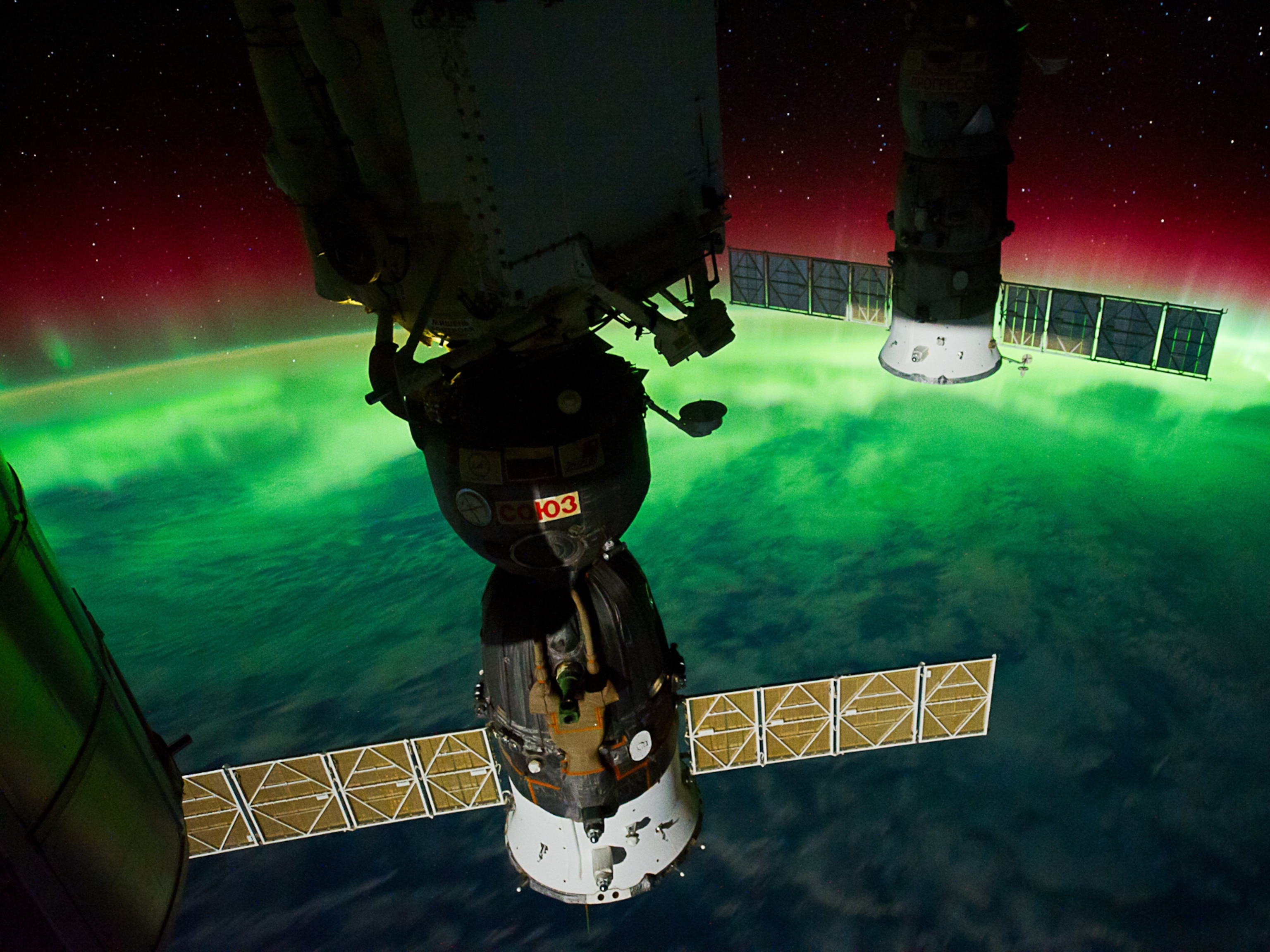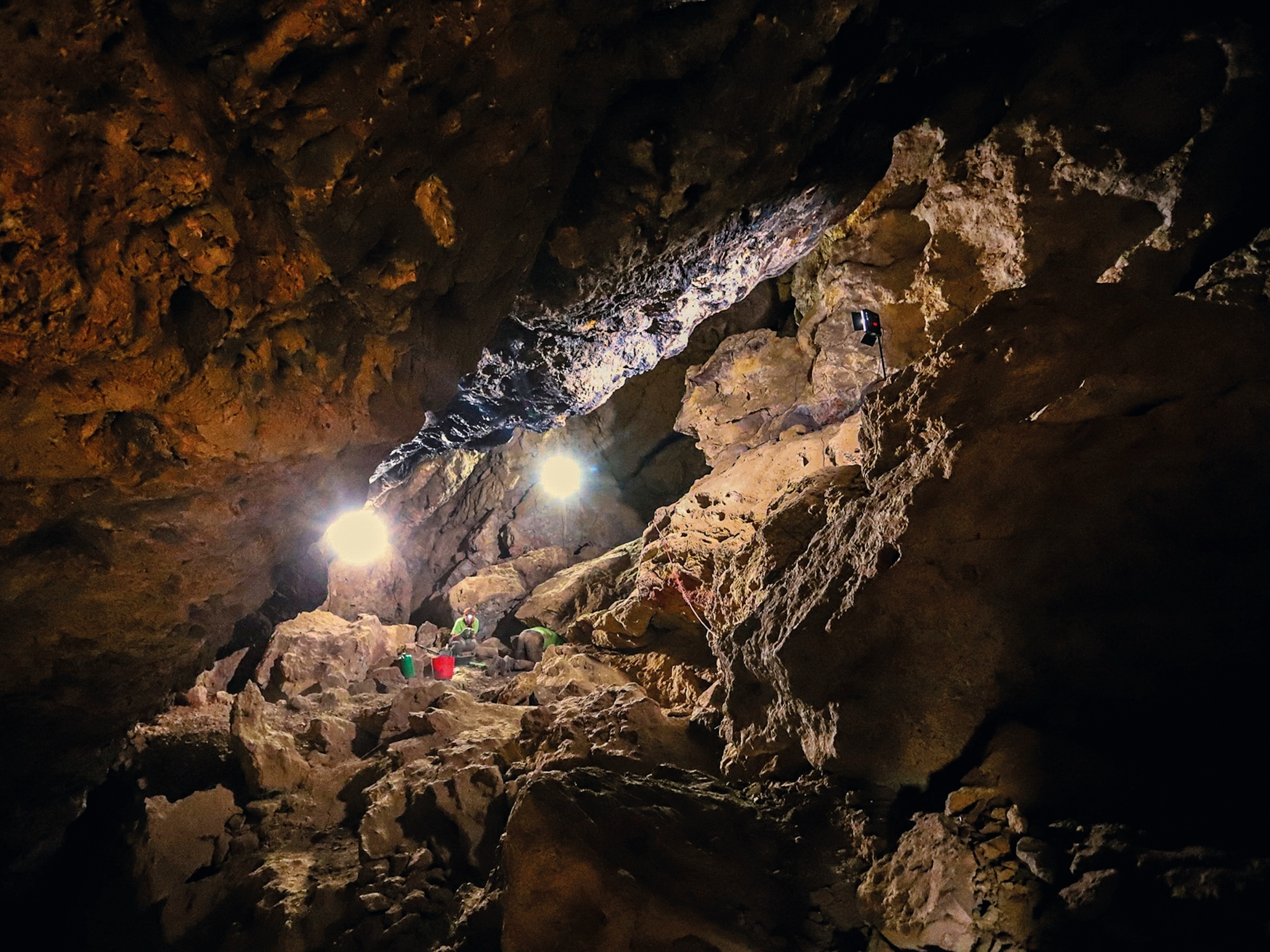Look Inside the Tools NASA Uses to Study Space Weather
Magnetic storms in space can disrupt technology on Earth, and they're not easy to predict. NASA has a new spacecraft that can help scientists understand the forces behind these celestial disturbances.
Space weather could be the next frontier in forecasting. Scientists want to understand how forces in space cause events like geomagnetic storms that can disrupt power grids and GPS systems on Earth.
NASA launched its two-year Magnetospheric Multiscale Mission (MMS) last March to study magnetic reconnection, a key driver of what scientists call space weather, which “starts with a wind, made up of particles streaming from the sun,” says MMS Program Scientist Bill Paterson. Four identical spacecraft are now orbiting Earth, measuring traces of this physical process.
Instead of rain and tornadoes, think jets of plasma energized by this magnetic reconnection. Space weather phenomena are generated as magnetic fields connect and disconnect, explosively releasing energy.
This kind of disruption can scramble spacecraft computers and make the aurora borealis brighter. But “it’s hard to predict,” says Paterson. “Magnetic reconnection is a piece of the puzzle.”





